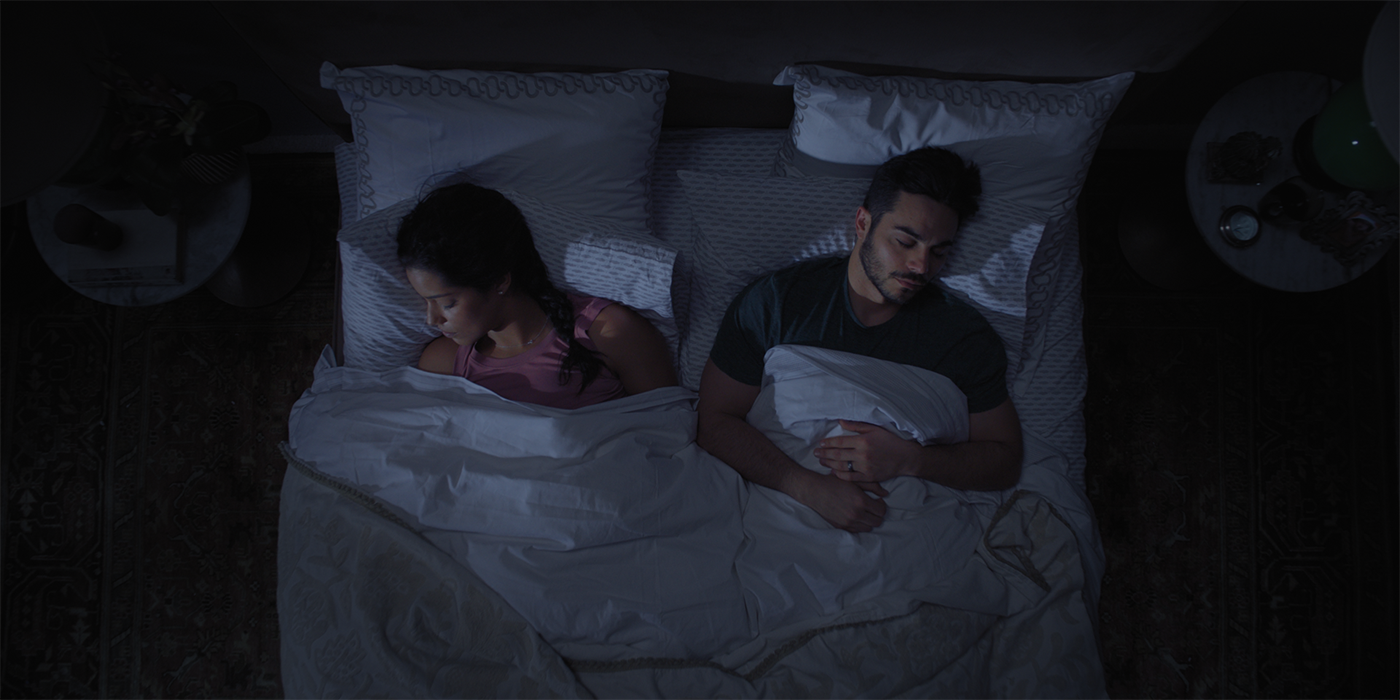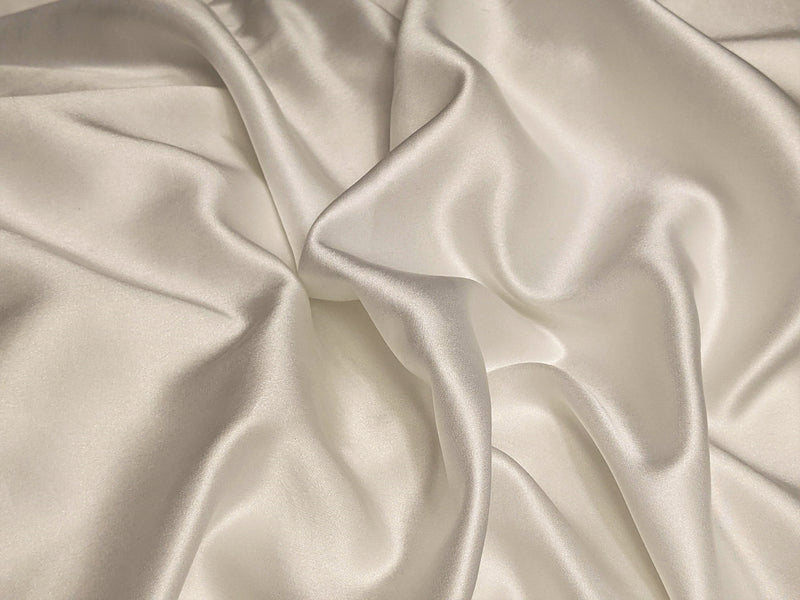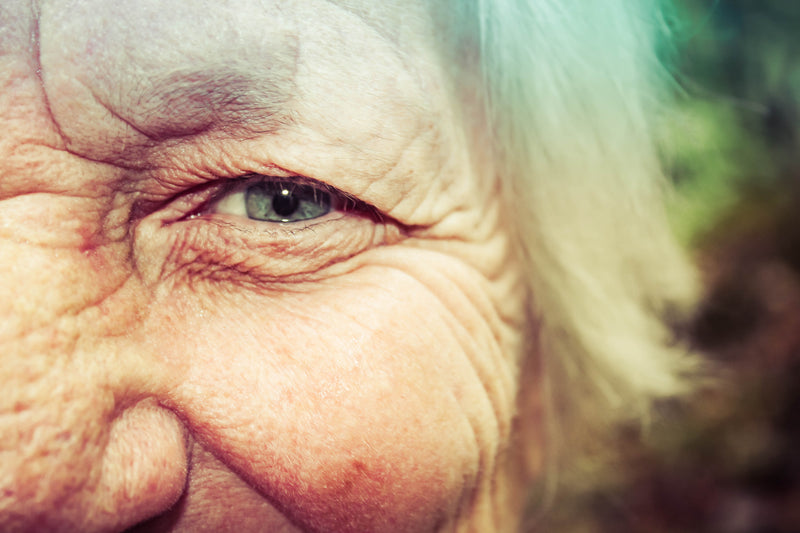How To Make Your Sleep Count This Winter
December 19, 2021
Author: Beautyrest Team
Dr. Rebecca Robbins is a sleep researcher whose work examines how sleep impacts our daily lives and can help us meet our full potential. She is partnering with Beautyrest to put a renewed focus on sleep"exploring the connection between sleep and other aspects of our lives. She will be providing ongoing insights from scientific literature as well as strategies for optimal rest and recovery.
With winter months come cooler temperatures and shorter days in many areas across the globe. Sunlight is a function of position from the equator, with northern-most and southern-most points on the globe getting a precious few hours of sunlight. These qualities " colder temperatures and shorter days " bear consequence for our sleep and our daytime waking lives as the seasons change.
LACK OF SUNLIGHT AND ITS IMPLICATIONS
Seasonal changes bear implications for our health, sleep, and waking lives. As the days get shorter and many of us face less opportunity for sunlight exposure, several important things happen to our circadian biology. The sun not only provides valuable nutrients, like vitamin D, but also helps regulate our circadian rhythm. Access to sun in the morning helps our body kickstart the awake phase of our 24-hour day. In other words, sunlight is the trigger to our brains that it is time to wake up. When this sunlight exposure is absent, we have less overall ability to understand when we should be awake and conversely when we should be tired. The absence of light is what precipitates the secretion of melatonin and allows our body and brain to slip into sleep.
To overcome sleep barriers caused by lack of sunlight during the winter months, you should capitalize on the sunlight you do have. Even if it is just two hours in your environment when the sun is up, make sure to walk outside during this time as much as you can. Take a work call as you walk or build in a coffee break to your day and take the long way to ensure you get exposure to sunlight.
WAKING UP IS HARD, EVEN FOR A MORNING PERSON
The population is split such that approximately half are morning people and half are evening people. A true morning person is up first thing in the morning and would report doing their best work earlier in the day. On the other hand, a true evening person has a hard time waking up early in the morning, and reports being best able to perform cognitively and physically later in the day.
During winter months in areas where sunlight is shortened, despite a morning or evening preference, we all will experience difficulty waking up in the morning.
Notice changes in your body during this time relating to sleep, as it is not uncommon for sleep duration to increase slightly during the winter months. If you normally sleep for approximately seven hours and find yourself sluggish despite getting your normal seven, you may start your normal bedtime routine about 15 minutes earlier to allow for a bit more sleep.
COOLER TEMPERATURES = OPTIMAL SLEEP
Cooler temperatures (but not too cool) at night are actually ideal for sleep. The onset of the sleep process is marked by a drop in internal core body temperature. This drop happens optimally in a cool bedroom environment. The best temperature for good sleep is between 60 and 67 degrees. Colder temperatures outside can help create an ideal sleeping temperature. One common mistake is to turn the heat on high to keep you and your family warm. However, a bedroom that is too hot can result in poor sleep quality and nightmares. Keep the temperature low for optimal sleep through the wintertime.
The winter months present challenges, but also opportunities for sleep that will allow you to sleep deeply and wake up refreshed. Consider a walk while it's light outside, starting your bedtime routine a bit earlier, and keeping your bedroom between 60 and 67 degrees in order to truly hack sleep during the winter.


